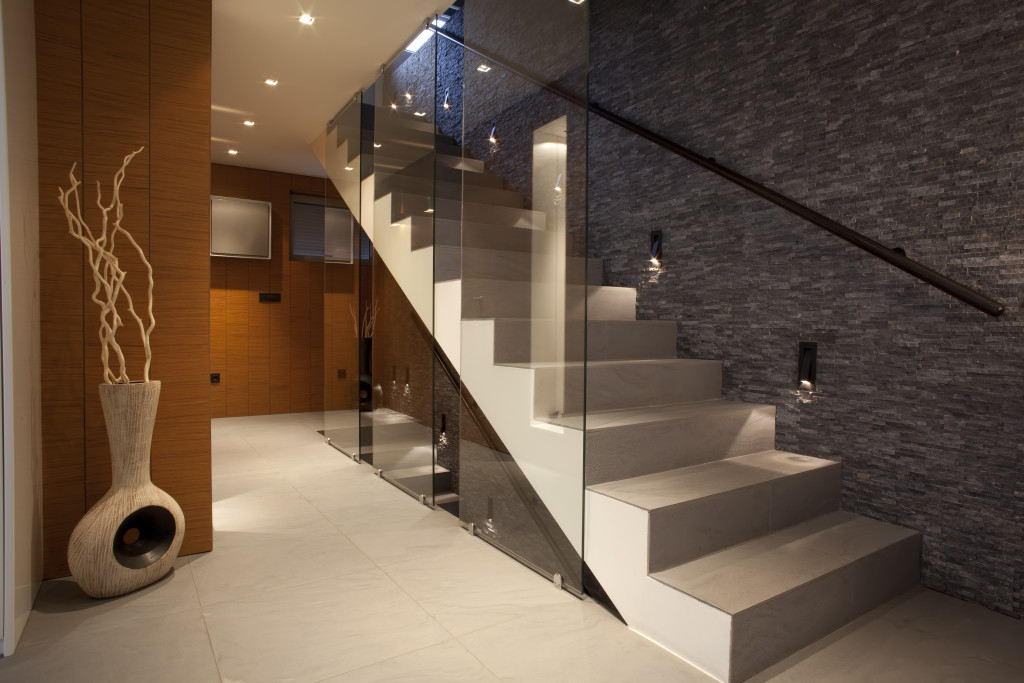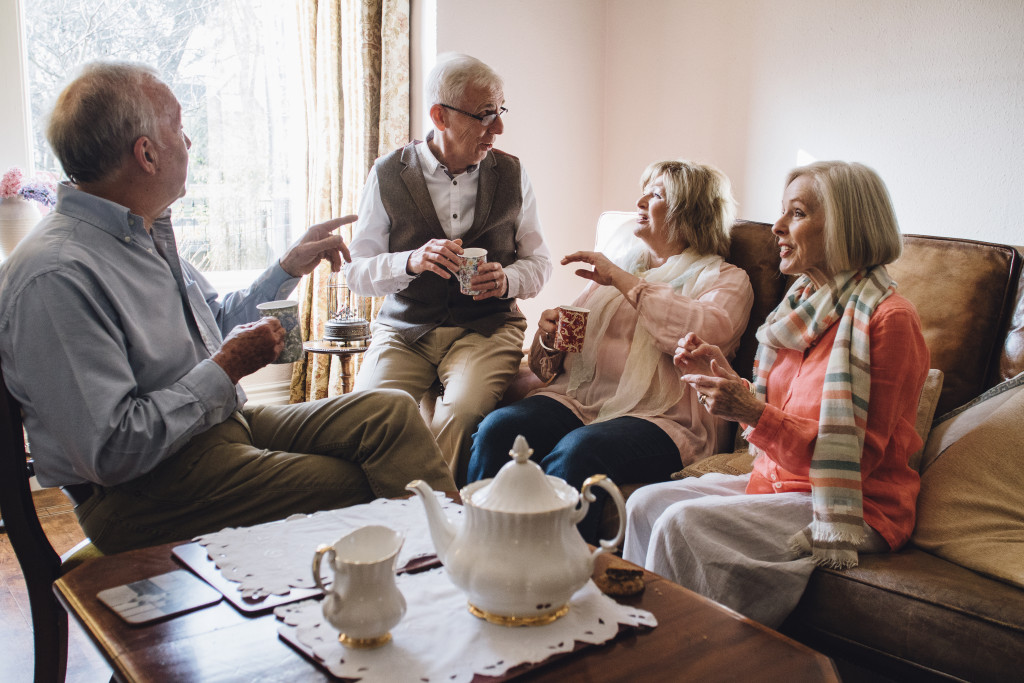- Transitioning into a new home with senior family members requires careful planning and involvement.
- It’s important to maintain familiarity, routine, and safety for seniors during the transition.
- Conduct a thorough home safety assessment and consider installing handrails, grab bars, and adaptive equipment.
- Create a supportive network in the new community by researching local resources and contacting neighbors.
- Consider investing in custom furniture tailored to the senior family member’s unique needs for added comfort and support.
Transitioning into a new home can be exciting and challenging, especially when you have senior family members to consider. Moving to a new environment can bring about a significant change for seniors, and it’s important to approach the transition with care and consideration. This guide will provide five tips to help you transition into a new home with senior family members, ensuring their comfort and well-being throughout the move.
1. Plan and Involve Them in the Process
Planning and involving your senior family members in the process is crucial when preparing for the move. Start by discussing the move and explaining the reasons behind it. Let them express their thoughts, concerns, and preferences regarding the new home. This involvement helps them feel valued and allows for a smoother transition.
Include your senior family members in decisions concerning the new home’s layout and design. Take into consideration their mobility needs and any special requirements they may have. Get their input on furniture placement, color choices, and other aspects to make them feel comfortable and at home in the new space.
2. Maintain Familiarity and Routine
Moving to a new home can disrupt familiar routines, which is especially important for seniors who thrive on consistency and familiarity. To ease the transition, try to maintain elements of familiarity and routine as much as possible.
Set up their living area in a way that resembles their previous home. Place familiar furniture, decorations, and cherished items in prominent positions to create a sense of continuity. Arrange their belongings in a way that allows for easy access and supports their daily routines.
3. Ensure Safety and Accessibility

Safety is paramount when transitioning into a new home with senior family members. Here are some tips on how to ensure safety and accessibility:
Conduct a Home Safety Assessment
Before moving into a new home with senior family members, it is important to conduct a thorough assessment to identify any potential hazards or areas that may require modifications for their safety. This can be done by either hiring a professional home inspector or doing it yourself with the help of online checklists.
The assessment should include checking for loose carpets, uneven flooring, and potential tripping hazards. Ensure clear pathways throughout the home and remove any clutter that may obstruct movement or cause falls. Also, take note of low-lying furniture or sharp edges that can be hazardous for seniors.
Install Handrails and Grab Bars
One of the most common causes of falls among seniors is a lack of support when navigating the home. To avoid this, install handrails and grab bars in the bathroom and stairways to maintain stability and balance.
Handrails should be installed on both sides of staircases and in hallways for extra support. Grab bars should be placed near the toilet, shower, and bathtub to assist with sitting down or standing up.
Ensure Adequate Lighting
Proper lighting is crucial for seniors, who may have difficulty seeing in dimly lit areas. Ensure all rooms are well-lit, and consider installing nightlights in hallways and bathrooms to assist with navigation at night.
Also, check for any broken or flickering light fixtures and replace them immediately to avoid accidents. Consider using motion-sensor lights in areas frequently used at night, such as the bathroom or kitchen.
Consider Adaptive Equipment and Assistive Devices
Adaptive equipment and assistive devices can greatly enhance the safety and independence of seniors in their new homes. These may include shower chairs, raised toilet seats, walkers, and wheelchairs.
When selecting these items, consider your senior family member’s specific needs and abilities. Consult with their healthcare provider or a professional caregiver to determine the best options for them.
4. Create a Supportive Network

Moving to a new home can be emotionally challenging for seniors, particularly if they leave familiar surroundings and social connections behind. To help them adjust, create a supportive network in the new community.
Research local senior centers, community groups, and recreational facilities that offer activities and programs tailored to their interests. Encourage your senior family members to participate in these activities, which can provide opportunities for social interaction and help them build new friendships.
5. Consider Custom Furniture
When transitioning into a new home with senior family members, it’s important to prioritize their comfort and unique needs. Consider investing in high-quality custom furniture that is tailored to their comfort and needs.
A custom furniture will provide the necessary support and functionality for seniors while also adding a personal touch to their living space. Consult with an interior designer or furniture specialist to select practical and aesthetically pleasing pieces.
In Closing
Transitioning into a new home with senior family members requires careful planning, consideration, and support. By involving them in the process, maintaining familiarity and routine, ensuring safety and accessibility, creating a supportive network, and considering custom furniture, you can help ease the transition and create a comfortable and welcoming environment for your senior loved ones.
